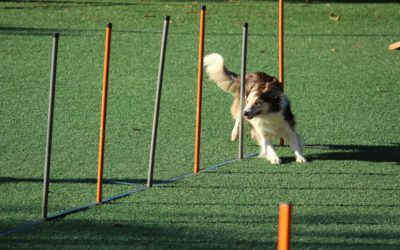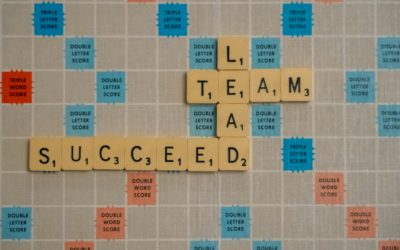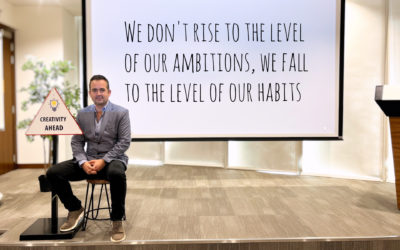What are the Basic Concepts of AI That Modern Leaders Should Understand and Why is it Important for Them to Stay Up to Speed, Even If They Are Not Technical? Estimated reading time: 8 minutes Understanding AI Fundamentals: Essential for informed decision-making. Key...
1. Problem Definition
- Problem:
Overgrazing by cattle reduces grass availability, leading to soil erosion and reduced new grass growth. This creates a feedback loop where reduced grass leads to increased grazing intensity and eventual herd size reduction due to cow deaths. - Impact on the system:
The system is negatively affected by grass depletion, which triggers soil erosion, reducing the ecosystem’s ability to regenerate grass and threatening long-term herd sustainability. - Root causes:
- Uncontrolled grazing intensity due to large herd sizes
- Insufficient grass seeding efforts
- Soil erosion from reduced grass cover
2. System Map
- Stakeholders:
- Cattle herders
- Agricultural/ecosystem managers
- Local communities dependent on cattle
- Environmental agencies
- Key components and feedback loops:
- Grass (decreases as grazing intensity increases)
- Herd Size (decreases due to cow deaths but grows initially due to grass availability)
- Soil Erosion (increases with reduced grass cover, making it harder for new grass to grow)
- Grass Seeding (increases new grass growth, acting as a positive feedback loop)
- Bottlenecks and external influences:
- Lack of adequate grass seeding initiatives
- Weather conditions affecting soil and grass growth
- Unchecked grazing intensity leading to faster grass depletion than regeneration
3. Leverage Points
- Key leverage points identified:
- Reduce grazing intensity through herd size management
- Increase grass seeding and restoration efforts
- Implement soil erosion control techniques to maintain soil health and grass growth
4. Intervention Design
- Description of the intervention:
A multi-step intervention including controlled grazing (rotational grazing to allow grass to regenerate), extensive grass seeding efforts, and the introduction of soil erosion control methods such as planting cover crops or constructing physical barriers. - How it addresses the root causes:
This intervention tackles the primary root cause of overgrazing by regulating herd size and grazing intensity. It promotes grass regrowth via seeding and mitigates soil erosion, sustaining long-term grass health. - User-centred elements:
Herders will be involved in grazing management, and they will receive training on rotational grazing techniques. Economic incentives could be offered for temporary herd size reduction if needed. - Expected system-wide impact:
This intervention should decrease soil erosion, increase grass cover, and stabilize the herd size, creating a more sustainable balance between available resources and cattle populations.
5. Unintended Consequences
- Potential unintended consequences:
- Resistance from herders to reducing herd sizes, leading to non-compliance
- Grass seeding might fail if weather conditions are unfavorable
- Mitigation strategies:
- Provide economic incentives or compensation for herders who reduce herd sizes
- Introduce drought-resistant grass species to increase the success of seeding efforts
- Monitor continuously to adjust interventions as necessary
6. Success Metrics
- Key success metrics:
- Increased grass cover over time
- Reduced soil erosion in the affected areas
- Stabilized or slowly increasing herd size
- Monitoring plan:
- Regular satellite monitoring of grass cover
- Periodic soil erosion assessments
- Monitor herd health and population size via local veterinary services









